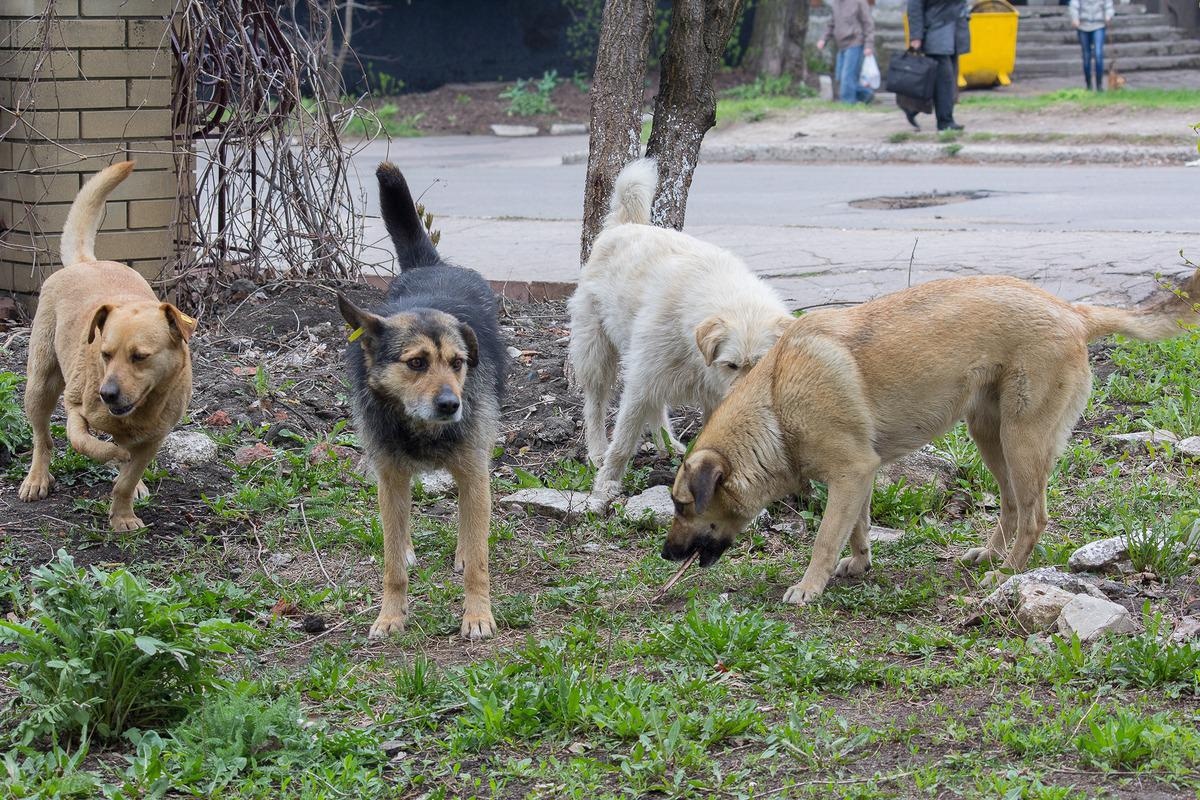The severe acute respiratory syndrome coronavirus 2 (SARS-CoV-2) that led to the devastating pandemic of coronavirus disease 2019 (COVID-19) has been found in remote jungles and humming urban centers alike. As efforts are on to stop the outbreak, using vaccines and public health interventions, the risk of spillover from wild mammals infected by the virus and living near humans is significant and may cause another epidemic as immunity wanes.
 Study: SARS-CoV-2 infection in free roaming dogs from the Amazonian jungle. Image Credit: DmyTo/Shutterstock
Study: SARS-CoV-2 infection in free roaming dogs from the Amazonian jungle. Image Credit: DmyTo/Shutterstock
A new study shows how free-roaming village dogs in an Ecuadorian village within the Amazon jungle have been infected with the virus, presumably by the human hosts. The discovery of such infections and their ramifications are discussed in some detail.
Introduction
COVID-19 is primarily a zoonotic disease, presumed to have arisen from a bat coronavirus through an unidentified intermediate host. Now that the virus has spread widely throughout the world, it may spread in the reverse direction to animals; a phenomenon called zooanthroponosis. Dogs, cats, ferrets, hamsters, and such pet animals were screened for the infection early on.
This showed that dogs are relatively resistant to the virus compared to cats. However, numerous instances of dog and cat infections have been reported worldwide. Most such cases involved household dogs, ignoring the real problem of free-roaming dogs and cats that are found in large numbers in low- and middle-income countries, whether in city streets or in rural communities.
The current study, which appears in the journal One Health, deals with such a scenario.
What did the study show?
In this study, three free-roaming dogs in a small indigenous community that showed a high incidence of COVID-19 were infected with SARS-CoV-2, probably from humans. The isolation of the community means that it can be reached only from the air. The three dogs were fed collectively by the community.
The nasal and oral swabs from these three dogs, all adult males, were positive for the virus by the reverse transcriptase polymerase chain reaction (RT-PCR) test for viral ribonucleic acid (RNA). None of the dogs had symptomatic illness, but two or more viral nucleocapsid gene targets tested positive in all three. Two tested positive for the ORF1ab gene and one for the spike gene.
However, the cycle threshold (Ct) values were high in all three cases. Genomic sequencing could not be done, presumably because of the high Ct values.
The infection rate in the human community was 87%, with seven people having very high viral loads, over 108 copies/mL.
What are the implications?
In a heavily infected human community with free-roaming dogs, this initial report of human-to-dog transmission is the first anywhere in the world. Earlier, however, reports demonstrated that pet cats and dogs were readily infected with the virus by infected humans in the same or neighboring households.
The testing occurred as part of the surveillance program being carried out in indigenous communities in the Amazon region in Ecuador. Despite the absence of any symptoms of COVID-19, all three dogs in the village were infected. These dogs are part of the village’s food gathering and hunting activities and receive petting and food from all the community members indiscriminately.
The presence of seven heavily infected individuals within the community would account for the spread of the virus to the dogs, or at least to one of them, following which the dogs might well have spread it among themselves. The absence of the spike gene in two of the dogs could be due to the low viral loads, the same reason for the failure of genome sequencing.
Dogs have not been considered a likely source of SARS-CoV-2 transmission, but this is based on studies of pet animals from rich countries, where the number of free-roaming dogs is relatively low. In the different scenarios of developing and underdeveloped countries, the large number of dogs roaming the street could lead to such spread to other dogs, other companion animals, wild animals, and even humans.
The detection of the infection in these dogs is attributable to the sample collection simultaneous with the human outbreak. In earlier surveillance programs involving companion animals, samples from the latter were collected ten or more days after the first positive test in the animal owner.
The Amazon hosts a number of endangered species, and these may be further threatened by the rapid spread of COVID-19 among them. The Ecuadorian capuchin, which faces extinction in the near future under current circumstances, lives in the area that houses the community of this study.
Further research will be needed to elucidate the actual role of free-roaming and wild cats and dogs in the transmission of the virus and the infective period for animals following a diagnosis of COVID-19 in humans. This is crucial in understanding whether wild mammals can harbor the virus, leading to new forms of disease as well as creating unknown reservoirs of the virus.